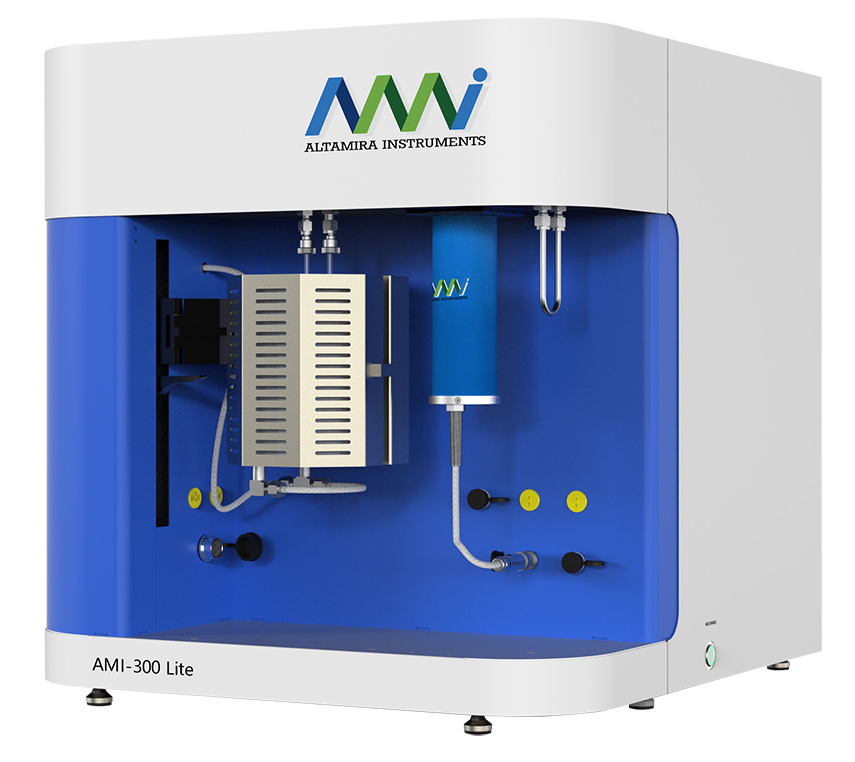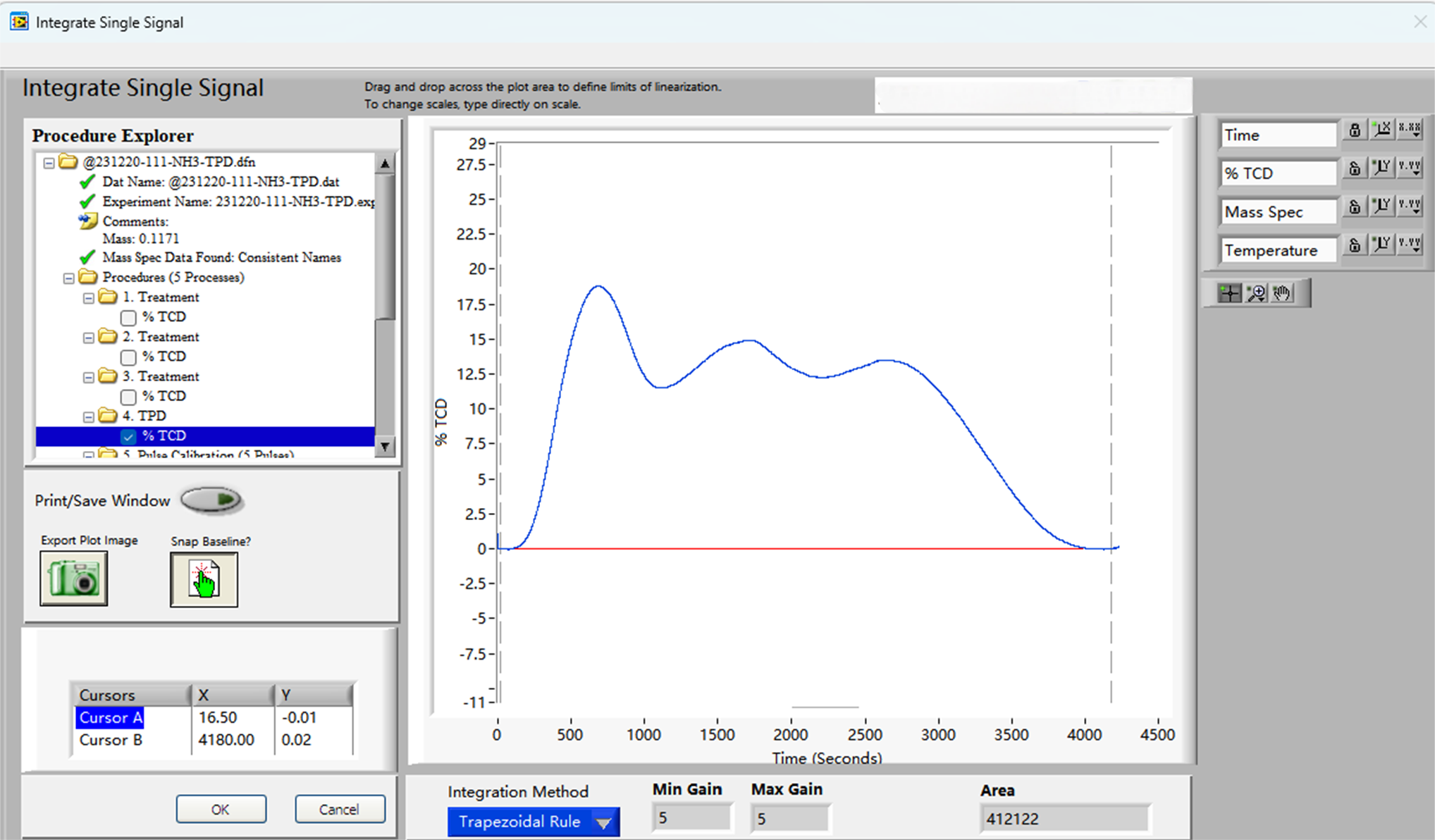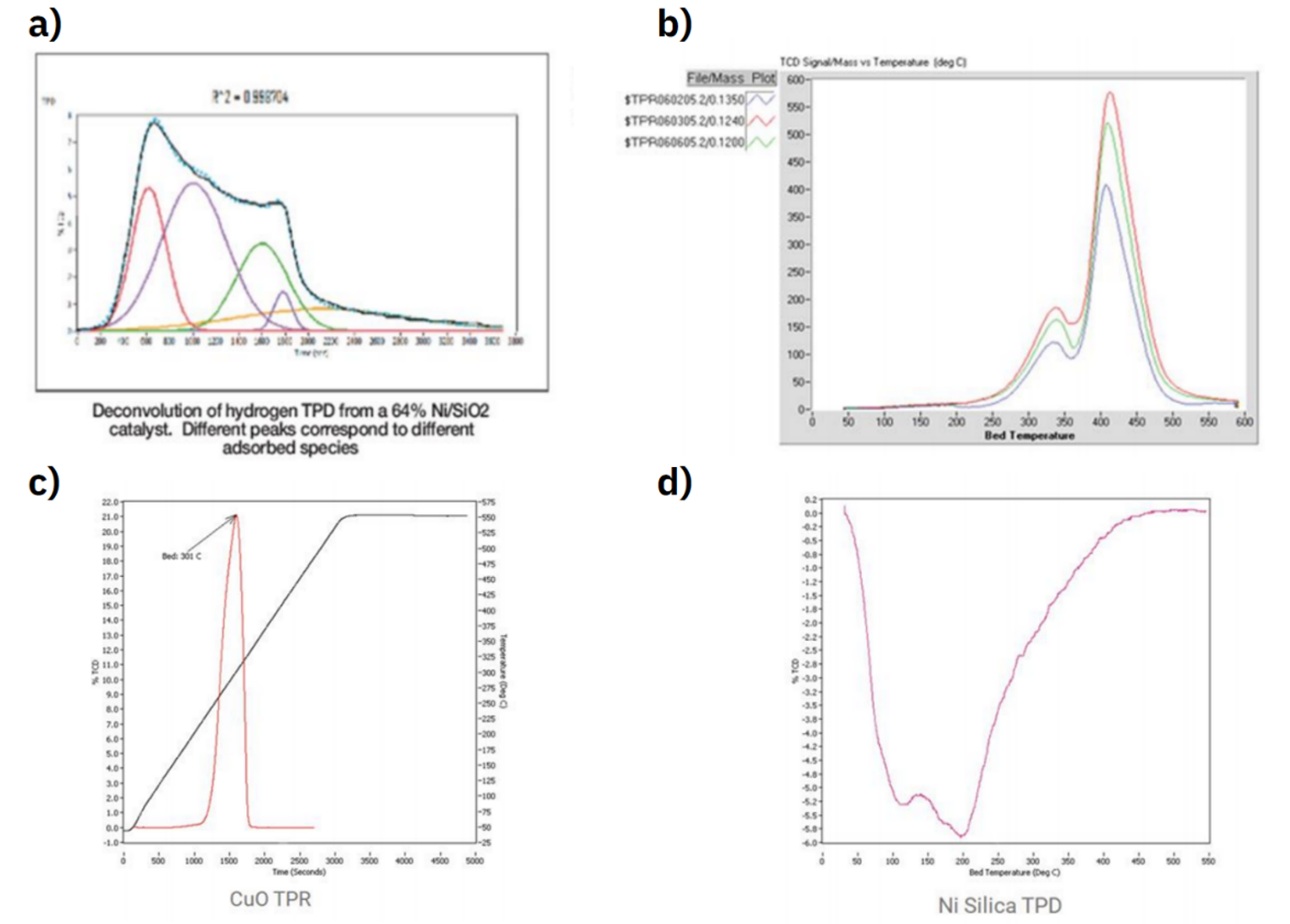- The AMl-300 is the flagship model in AMI's line of fully automated chemisorption analyzers, designed specifically by-and-for-catalyst researchers. Expanding on the groundbreaking AMI-1—the industry's first instrument to deliver fully automated dynamic chemisorption techniques in a single, integrated system—the AMI-300 enhances and advances this innovation, offering even greater capabilities and performance. Engineered with our proven chemisorption platform, the AMl-300 performs all major dynamic techniques required for comprehensive catalyst characterization, with precision, reliability, and ease of use.
- The AMI-300 Series is also highly customizable to meet the specific needs of advanced research and industrial applications. From variable pressure ranges and multiple analysis stations to specialized software functions, Advanced Measurement Instruments (AMI) can tailor each system to meet the most stringent experimental requirements.
Advanced Measurement Instruments
Copyright 2004–2024 ami-instruments.com

 Products
Products
 Products
Products





 TEL: +1 262-877-3600
TEL: +1 262-877-3600
 EMAIL:sales@ami-instruments.com
EMAIL:sales@ami-instruments.com